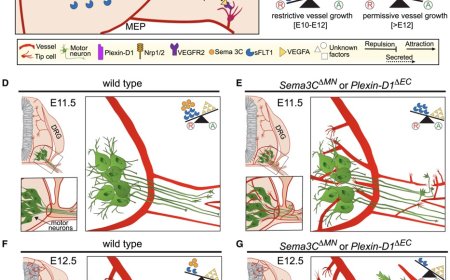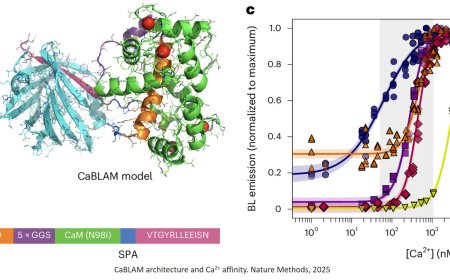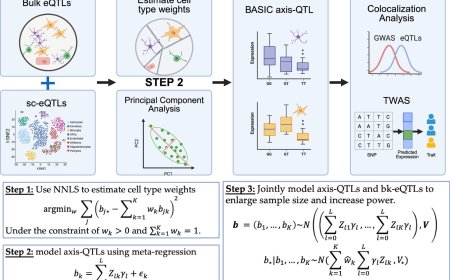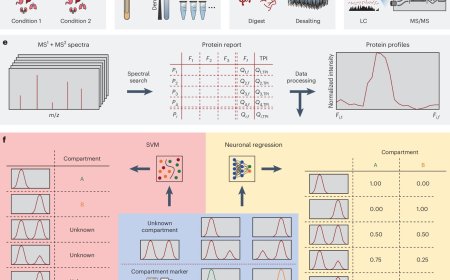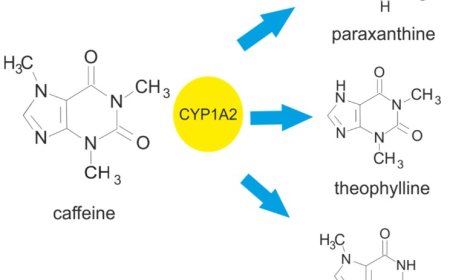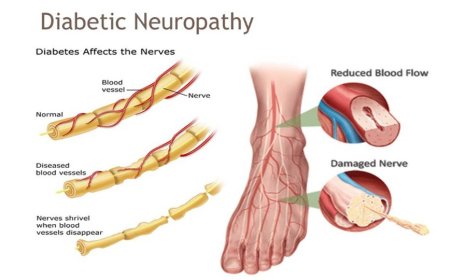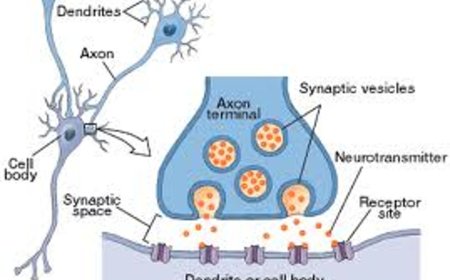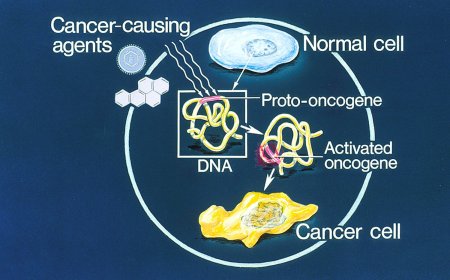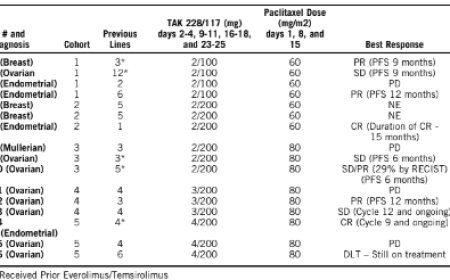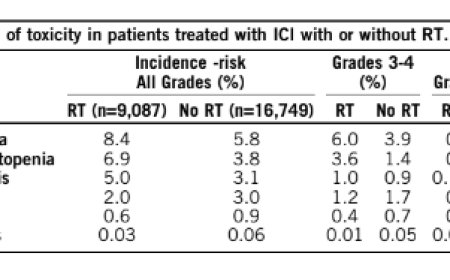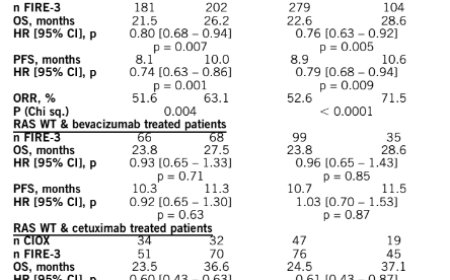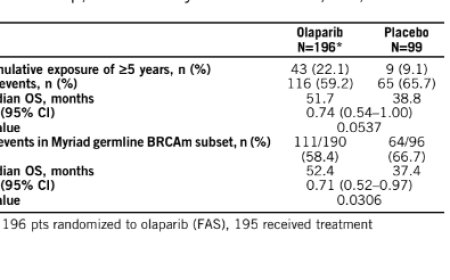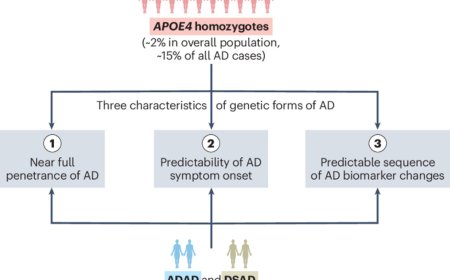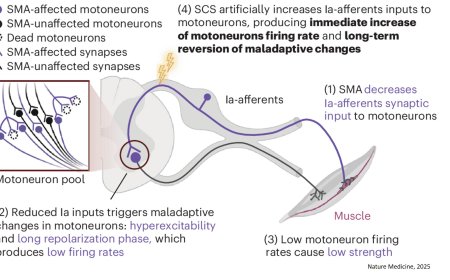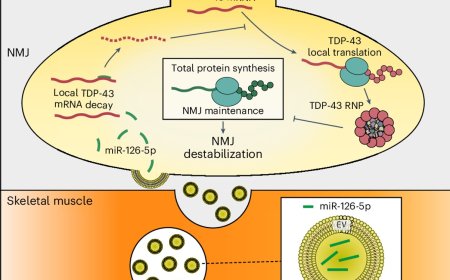A master regulator of mitochondrial degradation and biogenesis identified!
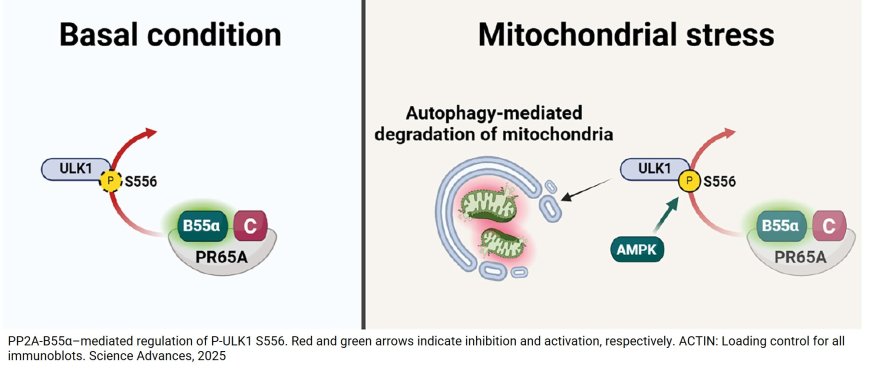
A key switch for cellular energy balance has been discovered in cells: it could potentially become the target of new therapies for diseases ranging from Parkinson's to rare disorders caused by defects in the cell's powerhouses, the mitochondria. The switch is called phosphatase B55 (PP2A-B55alpha) and regulates the balance of mitochondria. Experts have observed that, by reducing its activity, it’s possible to attenuate the motor symptoms of Parkinson's in a preclinical model of the disease.
This is the result of a study published in Science Advances.
Mitochondria are highly complex cellular organelles, vital for cell survival. They are responsible for producing the energy cells need to survive. Their integrity is associated with several diseases, both widespread, such as Parkinson's, and rare, so-called mitochondrial diseases, which can affect various parts of the body, from muscles to eyes to the brain. Inside cells, there is a delicate balance between old or damaged mitochondria that must be eliminated and new ones that must replace them. In some diseases, however, this balance is disrupted, and if mitochondria are lost in excess, or if damaged organelles accumulate in the cell and are regularly not eliminated, the very survival of the cell is endangered.
In the case of Parkinson's disease, for example, the loss of mitochondria also plays a role in the death of dopaminergic neurons that underlies the disease.
Experts have discovered that B55 plays a key role in regulating mitochondrial homeostasis.
"On the one hand," the senior author explains, "it promotes the removal of damaged mitochondria by stimulating mitophagy, a selective process for removing inefficient and potentially dangerous organelles. On the other, B55 acts as a controller of mitochondrial biogenesis, stabilizing the main promoter of new mitochondrial formation.
In this way, B55 not only promotes the degradation of damaged mitochondria, but also prevents excessive production of new organelles, thus maintaining a dynamic balance between mitochondrial elimination and synthesis. It is of great interest," the expert emphasizes, "that both these effects depend on the functional interaction between B55 and Parkin, a central protein in mitophagy mechanisms, implicated in Parkinson's disease.
The authors explain: it is no coincidence that in our research, using animal models of Parkinson's disease (Drosophila, the fruit flies), "we observed that by reducing B55 levels we can improve both the motor defects and the mitochondrial alterations typical of the disease." This effect requires the presence of the Parkin factor and acts primarily on mitochondrial biogenesis.
The idea could be to develop small molecules capable of penetrating the brain and selectively acting on dopaminergic neurons, counteracting their death.
More generally, a ‘universal’ drug that regulates the action of B55 could be developed for various mitochondrial diseases characterized by mitochondrial loss, including some mitochondrial myopathies and neurodegenerative diseases, the author explains. Furthermore, the deregulation of mitochondrial quality and number also underlies the plasticity of tumor cells and their ability to resist therapies, so controlling B55 could become a promising approach in oncology.
This is why “our future studies will aim to identify safe molecules and therapeutic strategies to modulate B55 in preclinical and human cellular models, especially in order to analyze the effect of its regulation on other neurodegenerative and mitochondrial diseases,” they conclude.
https://www.science.org/doi/10.1126/sciadv.adw7376
https://sciencemission.com/PP2A-B55%CE%B1-phosphatase-is-a-master-regulator
